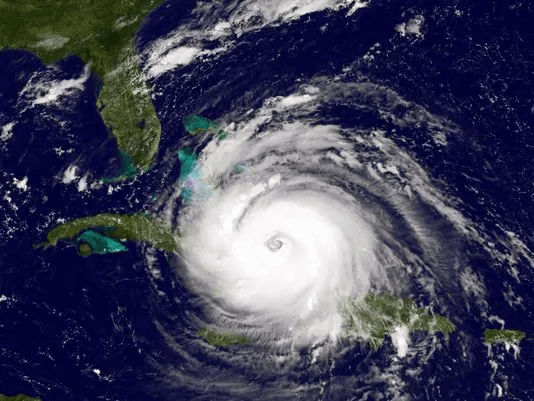IRS Relaxes Retirement Plan Rules for Hurricane Victims
The IRS announced that emplo yer-sponsored retirement plans (such as 401(k)s) can make loans and hardship distributions to Hurricane victims and their families.
yer-sponsored retirement plans (such as 401(k)s) can make loans and hardship distributions to Hurricane victims and their families.
Participants in 401(k) plans, employees of public schools and tax-exempt organizations with 403(b) tax-sheltered annuities, as well as state and local government employees with 457(b) deferred-compensation plans may be eligible to take advantage of streamlined loan procedures and liberalized hardship distribution rules. IRA participants are barred from taking out loans, but they may be eligible to receive distributions under liberalized procedures.
Retirement plans can provide this relief to employees and certain family members who live or work in disaster area localities affected by Hurricane Harvey and Irma and designated for individual assistance by the Federal Emergency Management Agency. Qualified hardship withdrawals must be made by January 31, 2018.
The IRS is also relaxing procedural and administrative rules that normally apply to retirement plan loans and hardship distributions. As a result, eligible retirement plan participants can access their money more quickly with a minimum of red tape.
This broad-based relief means that a retirement plan can allow a Hurricane Harvey and Irma victimto take a hardship distribution or borrow up to the specified statutory limits from the victim’s plan. It also means that a person who lives outside the disaster area can take a plan loan or hardship distribution and use it to assist a son, daughter, parent, grandparent or other dependent who lived or worked in the disaster area.
Plans will be allowed to make loans or hardship distributions before the plan is formally amended to provide for such features. In addition, a plan can ignore the reasons that normally apply to hardship distributions, thus allowing them, for example, to be used for food and shelter. Plans that require certain documentation before a distribution is made can relax this requirement as described in IRS Announcement 2017-11.
The IRS emphasized that the tax treatment of loans and distributions remains unchanged. Ordinarily, retirement plan loan proceeds are tax-free if they’re repaid over a period of five years or less. Under current law, hardship distributions are generally taxable and subject to a 10% early-withdrawal tax.
If you have any questions, please contact one of our tax specialists today at 585.427.8900 or email info@EFPRgroup.com.
*Photo credit: USAtoday.com, NOAA handout, Getty Images
